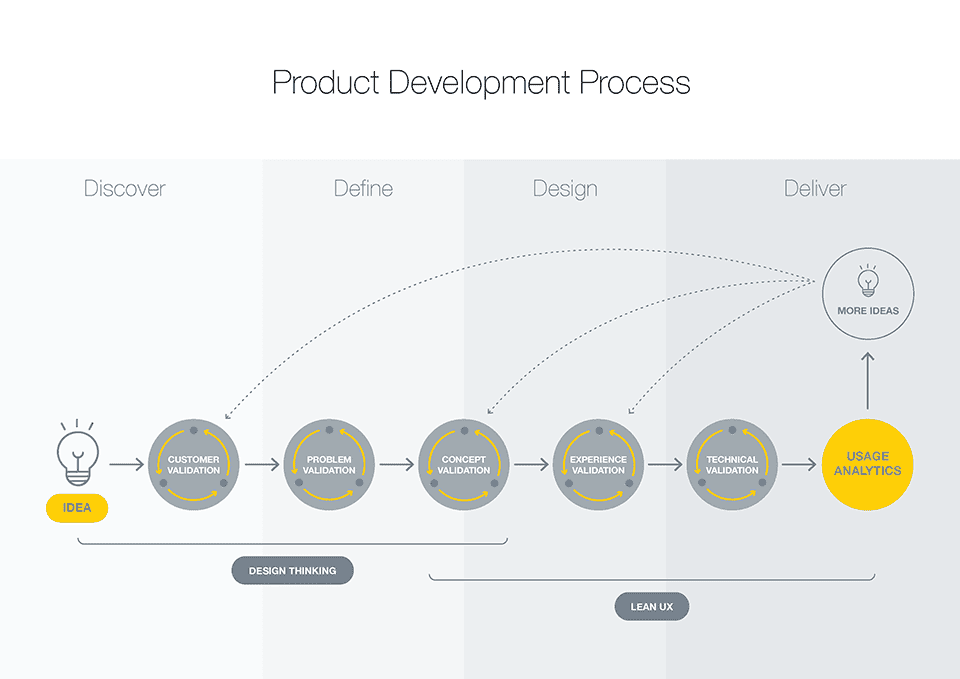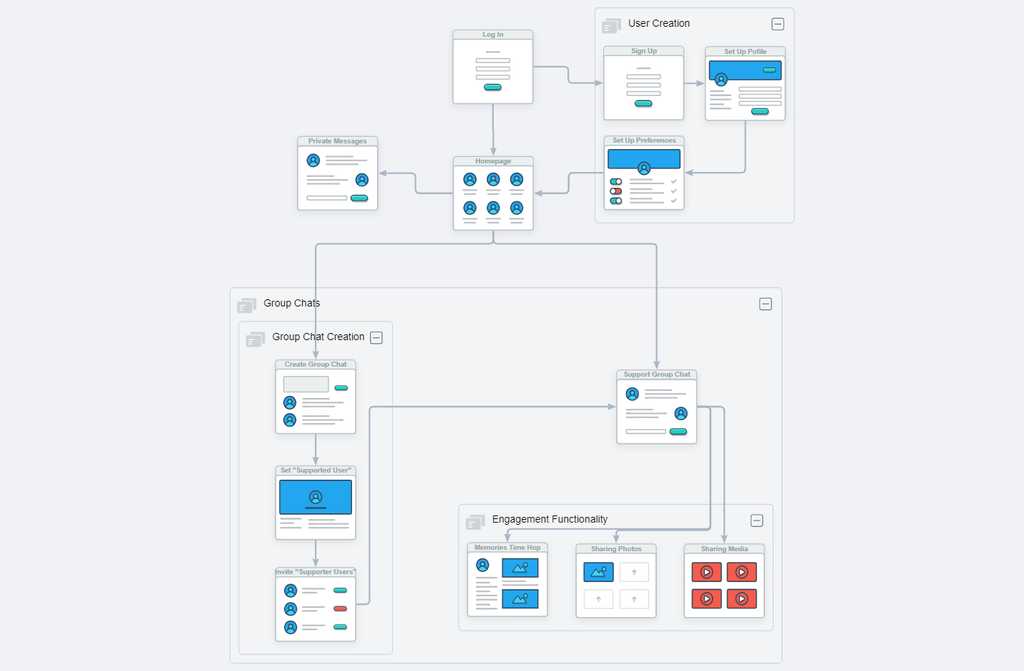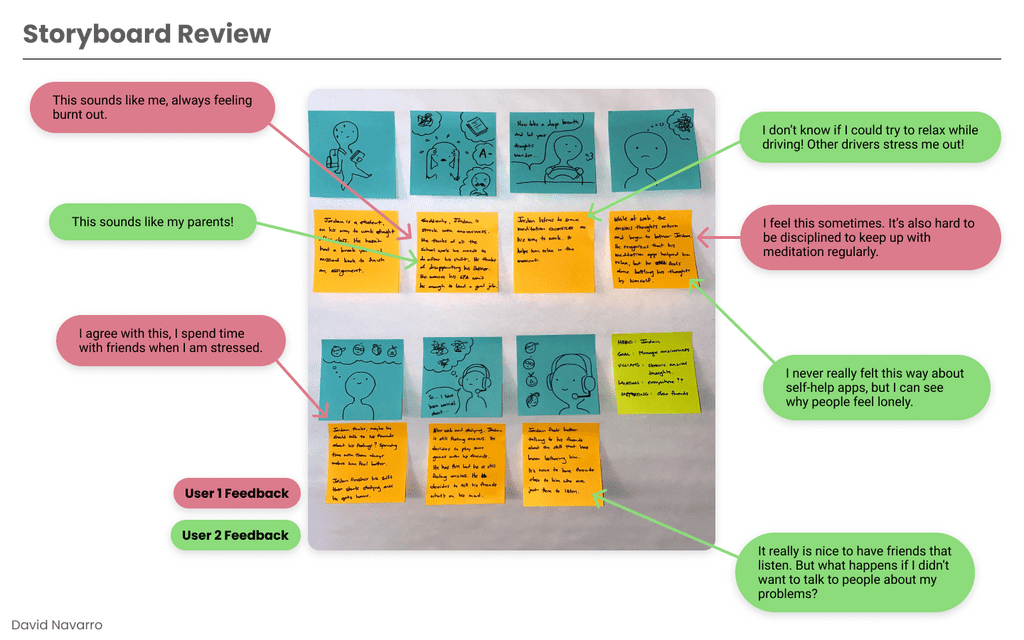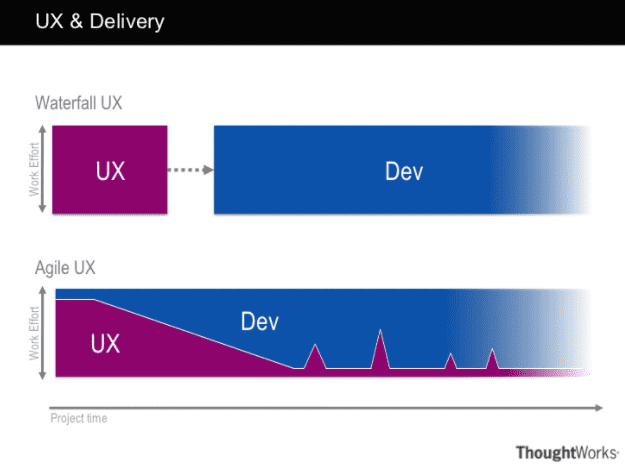If you are interested in the documents created during this course with DesignLab, check it out here!
How do we feel so alone in a world so connected? We live in an age where distance is not a factor in communication and our close ones are a text or call away. Yet, our internal struggles, doubts, and sadness go unnoticed behind our digital screens.
I am obsessed with this paradox as I live it every day. I consider myself well-loved by my friends and family, but they still are unaware of the battles that rage within my head. I have lived this way for at least the past decade, fending off self-deprecating thoughts and scraping for purpose in places where there seem to be none. In my experience, it has been the relationships with intentional, loving people that have got me through the hard times. It is those uncomfortable talks and the feeling of being raw that continues to help me heal.
I am fully aware I am not the only one that chronically feels depressed or anxious. In fact, I am encouraged by how many people on social media speak about their struggles regarding mental health. For the past year, I have been pondering how I can help others like me. Since I know relationships play a huge part in mental health, I have been exploring the idea of leveraging those relationships to aid in our mental and emotional healing.
I love the mission of Seize the Awkward and I have been greatly inspired by it. Essentially, we need to be willing to put ourselves in awkward conversations for the sake of our own or loved one’s mental health. I believe this summarizes a huge hurdle many of us face in our journey towards healing. We are afraid to open up, to make ourselves vulnerable. Yet, in my own life, I know those many awkward conversations helped me realize I was not alone, even when my emotions told me I was.
So, I asked myself could I create an app that helps us engage with awkward conversations? Then I realized, Discord exists! So I reframed the question and asked, could I create an app that helps us engage with difficult conversions about mental health?
Research Planning and Execution
A few months ago, I enrolled in DesignLab’s UX Research & Strategy course. In this course, I learned about several techniques and strategies to conduct user research for creating products. We had to pick a single project that we would focus on for the duration of the course. I thought this would be a great opportunity to gain some initial validation for my mental health app.
One of the first things we learned about was the importance of observing and engaging with users. The goal is to find the gaps between what the users say they do and what they actually do. We must empathize with uses to truly understand the users’ problems. This is particularly important due to the nature of mental health being such a personal issue. Because of this, I knew that I had to pick research methods that enabled us to gather rich data about our users.

I put together a Research Plan that summarizes my objectives, the research methods, and identifies my user focus groups. All this could be found here: Close Circle (Proximity) Research Plan. Through the process of creating a Research Plan, it was clear to me that I had quite a few assumptions for a solution based solely on my own mental and emotional wounds. The mentor DesignLab provided for me took note of this and encouraged me to let go of some of those assumptions. As a result, throughout this whole process, I had to keep my interpretation of the research in check to ensure that I was not creating a product solely for myself.
For my research methods, I chose to use Customer Interviews and Diary Studies. I chose Customer Interviews because this method would allow for 1-on-1 conversations with targeted users. This would allow for deeper conversations around mental health that would be harder to receive if we did another method, like surveys. I was able to conduct my customer interviews with my friends over Discord. In the interviews, I focused on asking questions that better helped me understand how their relationships with friends and families help (or even hurt) their mental health.
The second research method I used was Diary Studies. I chose this method because I know our moods change throughout the day. With this method, I hoped to capture data of the moments that we could miss in 1-on-1 Customer Interviews. We could possibly get a timeline of how mood may have improved after our target user group had meaningful conversations with their friends and family.
In the course of two weeks, I was able to complete the research process. I will go into more detail later, but it was obvious to me that 2 weeks was simply not enough time to get the research I hoped for.

Take-Aways from My Research
The biggest takeaway from this exercise was the validity of a product that could help people in their healing journeys. I was encouraged to hear that both my mentor and those I interviewed thought there was huge potential in this project. I was able to validate through the interviews and diaries that relationships have a huge impact on our mental health and many times, people just need support and reassurance from their friends and family.

I was also reminded of how complicated this could all be. Let’s face it, this is not an easy subject to talk about. There were awkward silences during my interviews and the feeling of walking on eggshells. But that’s the purpose of this product. To help us do what is uncomfortable.
Improvements for Future Research
I’m not 100% convinced I got to the heart of the problem in the time I had to complete my project. For one, the feedback I received was not diverse enough. Due to the timing of this course, I simply was not able to gather a diverse user testing group as I would have preferred. Many of the people who helped me conduct my research are those who attend my church. These people are already used to talking about vulnerable things in their small bible studies, so I was not able to truly assess how effective my product would be at breaking down the walls and hurdles that prevent us from talking about our mental health.
Instead, I need to be intentional about getting feedback from various demographics. Race, religion, and sexuality have huge impacts on people’s mental health and each one has specific nuances to their triggers and responses. These nuances can help us create features for our users to better empathize with their friends and family.
Secondly, in future researches, we need more time. Healing from emotional wounds takes time and I should expect the data to become richer over time as well. With more Dairy Study entries, we can get further feedback to see if our solution really is truly effective or not. It is important to note that this process doesn’t stop at the delivery of the product but ongoing validation and feedback is crucial.

Finally, I believe receiving feedback from professional therapists will give a deeper insight into techniques that we could implement into our platform. We can get a better understanding of the hurdles that keep people from talking about their mental health and provide solutions that encourage those conversations.
Final Thoughts
I learned from the course that User Research holds an incredible amount of weight when developing a product. This may be obvious on paper but I know from experience that this is not how companies always operate. It is easy to assume what a customer may want based on our interpretation of their problems. But that is the issue, it is our interpretation of their problems. Seldom do we take the time to do proper research before we develop. We are quick to create and sell a product but we are not intentional about how our products solve the right problems.
Mental health is something we cannot ignore. Depression and anxiety are on the rise in recent years and we need to find ways to help each other during difficult times. I truly believe there is potential in this project but given the nature of mental health, it is important that we truly understand the troubles of our users. Thus, to create an effective product that addresses mental health, User Research is crucial.
